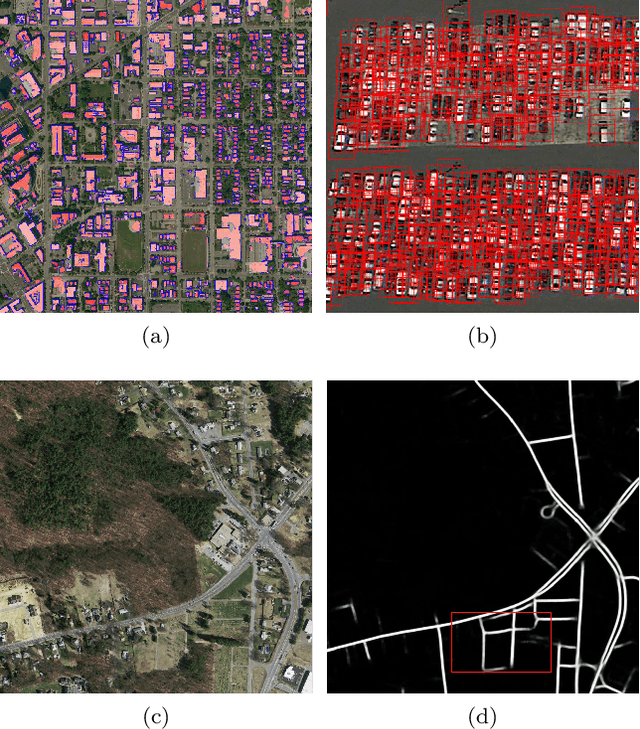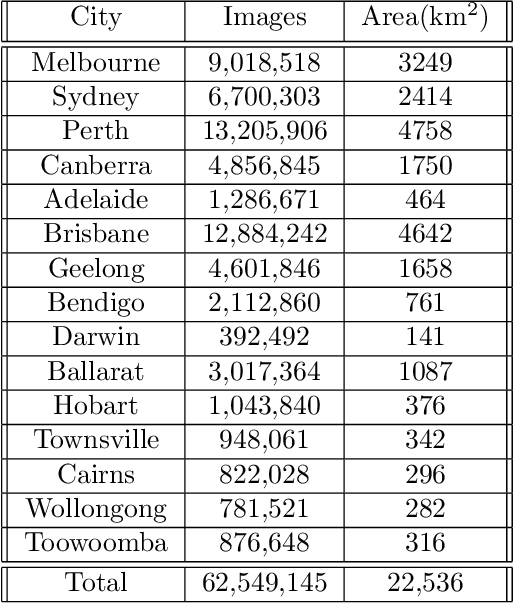Kerry Nice
Scalable Label-efficient Footpath Network Generation Using Remote Sensing Data and Self-supervised Learning
Sep 18, 2023



Abstract:Footpath mapping, modeling, and analysis can provide important geospatial insights to many fields of study, including transport, health, environment and urban planning. The availability of robust Geographic Information System (GIS) layers can benefit the management of infrastructure inventories, especially at local government level with urban planners responsible for the deployment and maintenance of such infrastructure. However, many cities still lack real-time information on the location, connectivity, and width of footpaths, and/or employ costly and manual survey means to gather this information. This work designs and implements an automatic pipeline for generating footpath networks based on remote sensing images using machine learning models. The annotation of segmentation tasks, especially labeling remote sensing images with specialized requirements, is very expensive, so we aim to introduce a pipeline requiring less labeled data. Considering supervised methods require large amounts of training data, we use a self-supervised method for feature representation learning to reduce annotation requirements. Then the pre-trained model is used as the encoder of the U-Net for footpath segmentation. Based on the generated masks, the footpath polygons are extracted and converted to footpath networks which can be loaded and visualized by geographic information systems conveniently. Validation results indicate considerable consistency when compared to manually collected GIS layers. The footpath network generation pipeline proposed in this work is low-cost and extensible, and it can be applied where remote sensing images are available. Github: https://github.com/WennyXY/FootpathSeg.
Urban feature analysis from aerial remote sensing imagery using self-supervised and semi-supervised computer vision
Aug 17, 2022



Abstract:Analysis of overhead imagery using computer vision is a problem that has received considerable attention in academic literature. Most techniques that operate in this space are both highly specialised and require expensive manual annotation of large datasets. These problems are addressed here through the development of a more generic framework, incorporating advances in representation learning which allows for more flexibility in analysing new categories of imagery with limited labeled data. First, a robust representation of an unlabeled aerial imagery dataset was created based on the momentum contrast mechanism. This was subsequently specialised for different tasks by building accurate classifiers with as few as 200 labeled images. The successful low-level detection of urban infrastructure evolution over a 10-year period from 60 million unlabeled images, exemplifies the substantial potential of our approach to advance quantitative urban research.
 Add to Chrome
Add to Chrome Add to Firefox
Add to Firefox Add to Edge
Add to Edge